Rated Current 80A Directly
MID Certificated
High Accuracy Class C
35mm DIN Rail Mounted
Pulse Output
4 Modules 72mm Width
For IoT Energy Management, Factory, School
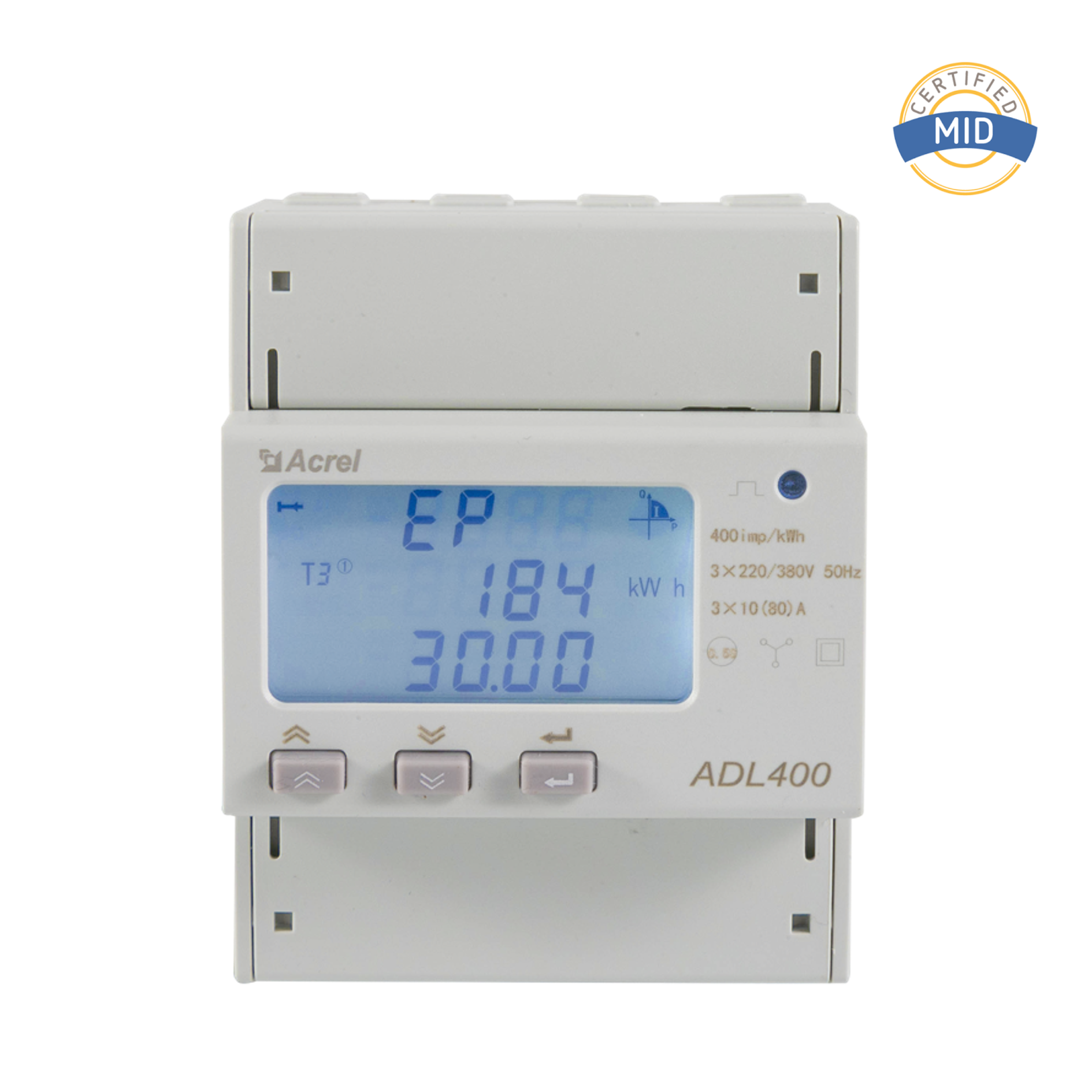
Rated Current 80A Directly
MID Certificated
High Accuracy Class C
35mm DIN Rail Mounted
Pulse Output
4 Modules 72mm Width
For IoT Energy Management, Factory, School

Split Core
Clamp on Installation
High Accuracy Class 0.5
150-1000A Input Current
5A/1A Secondary Output
Application: Renovation Projects

Event recording
Start control function
programmable DI and DO
Profibus-DP communication
Anti-shaking function
Analog output

Event recording
leakage protection
AC380V/690V
programmable DI and DO
Analog output
Anti-shaking function
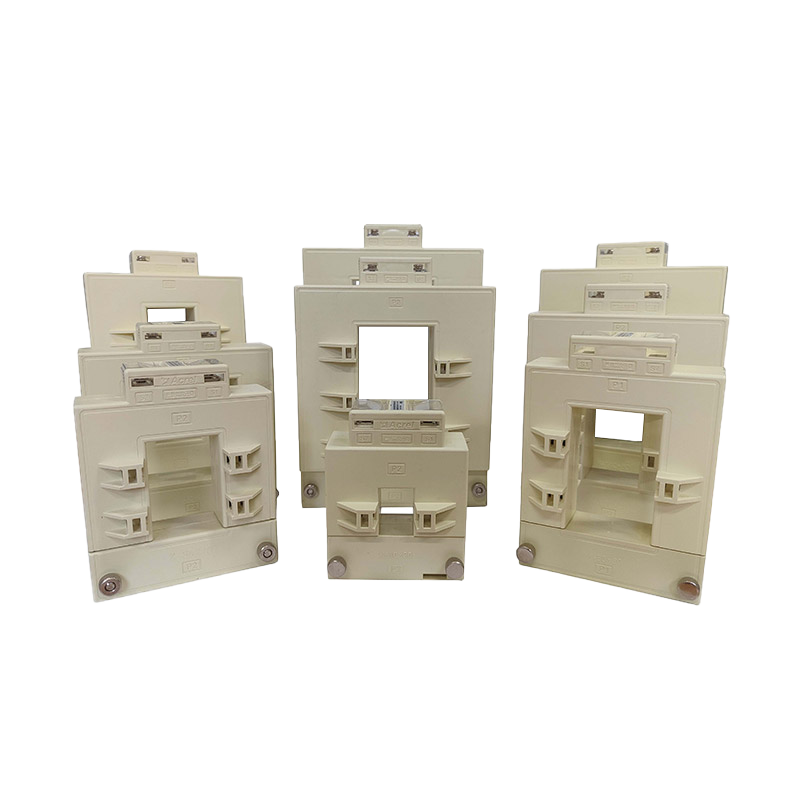
Split Core
High Accuracy Class 0.5
Current Input 20-6000A
Current Output 5(1)A
Rectangular Hole Design
Measurement of current (I)
Application: Renovation Projects
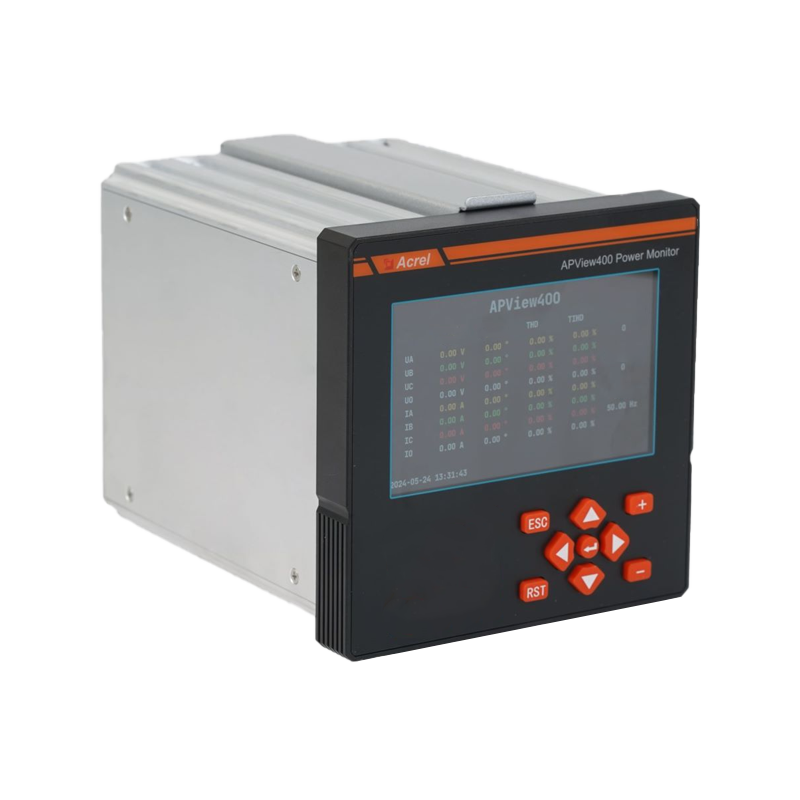
IEC61000-4-30 Ed3 Class A Certificate
IEC60253-22 Class 0.2S
Disturbance Waveform Recording
Disturbance Direction Detection
2000+ Waveform Recording
5000+ SOE Recording
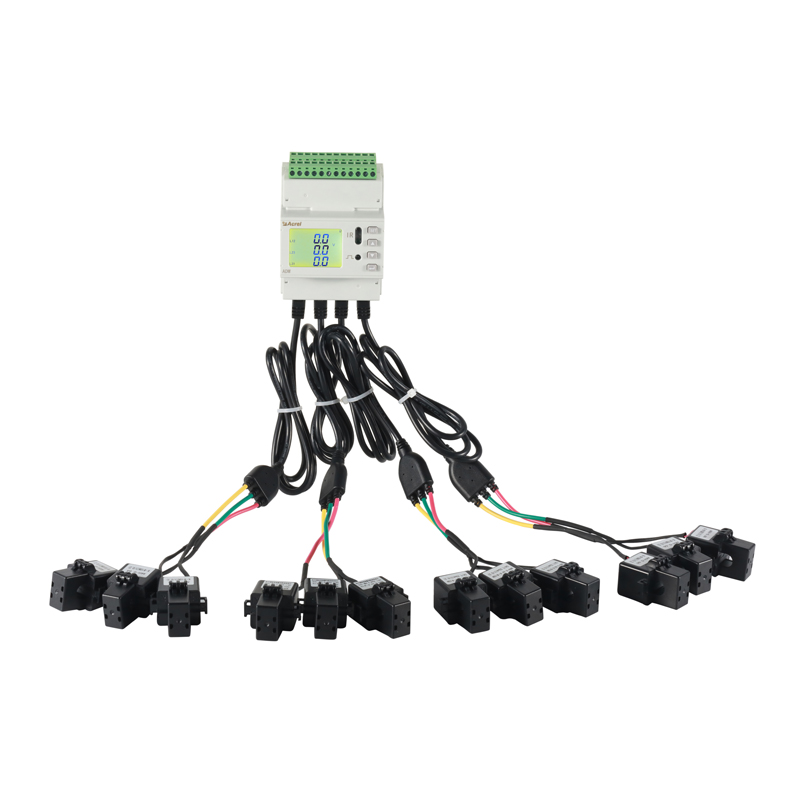
Multi-Circuits Measurement
Max. 4 Channels Three Phase or 12 Channels Single Phase
Ethernet Communication Optional
Modbus TCP Protocol
CE Certificated
RS485 Communication
Application: Base station

Solid Core
High Accuracy Class 0.5
5A output
Measurement of current (I)
Application: Busbar,Cables. New construction projects
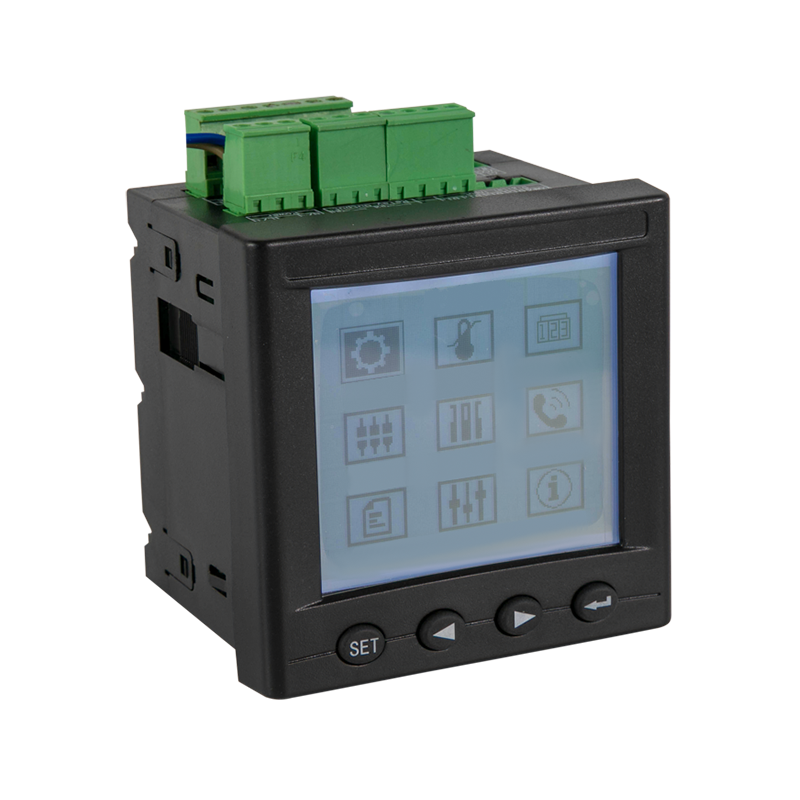
Uplink data: RS485, Modbus-RTU
Accuracy 0.5 class
maximum 60 ATE temperature sensors data collection
4DI/2DO
Panel: 96*96*17mm, depth:65mm

CE&RED Certification
Model:C: Receiver; Z: Repeater; M: Receiver
Uplink data: RS485, Modbus-RTU
35mm Din Rail Mounted
ATC600-C receive 240 ATE400, ACE100
ATC600-Z: The Lora Relay is forwarded to ATC600-C, and the forwarding distance can reach 1000 meters;
ATC600-M can receive 240 ATE300M, ATE210
Power Supply: AC/DC 85V-264V or DC 12~48V

CT-powered, starting current≥5A
470MHz、433Mhz Wireless Frequency
15s Sampling frequency
15s Transmission frequency
-50℃~125℃ Temperature Range
Application: cable joints/Busbars/Contacts in LV/HV Switchgear

Split Core Clamp on Installtion
High Accuracy Class 0.5
mA output
Measurement of current (I)
Application: Renovation Projects、Solar PV Projects
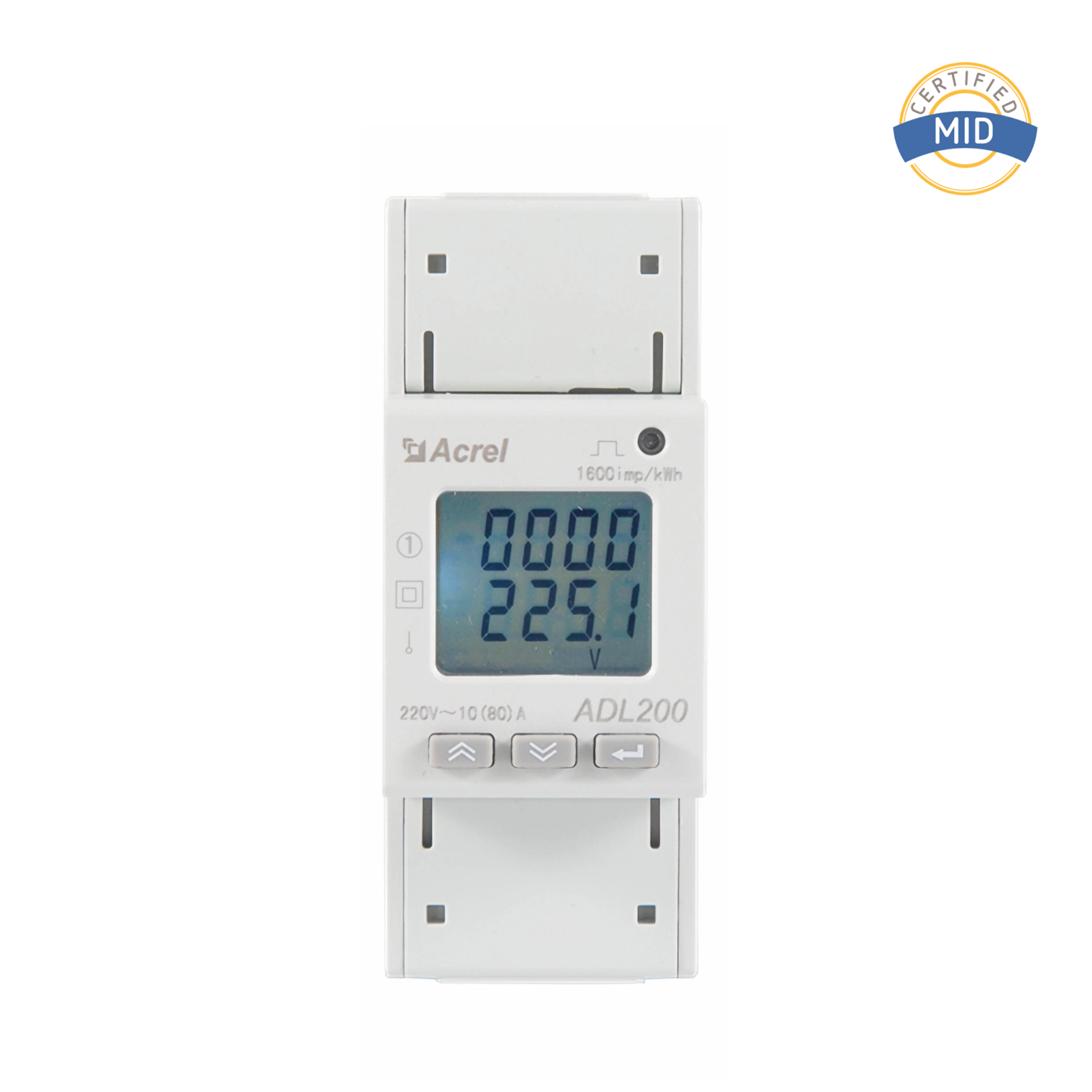
AC Single Phase Measurement
80A Direct Input Current
CE-MID Certificated
High Accuracy Class 1
DIN Rail Installation
RS485 Communication
Application: IoT Energy Management, Factory, School
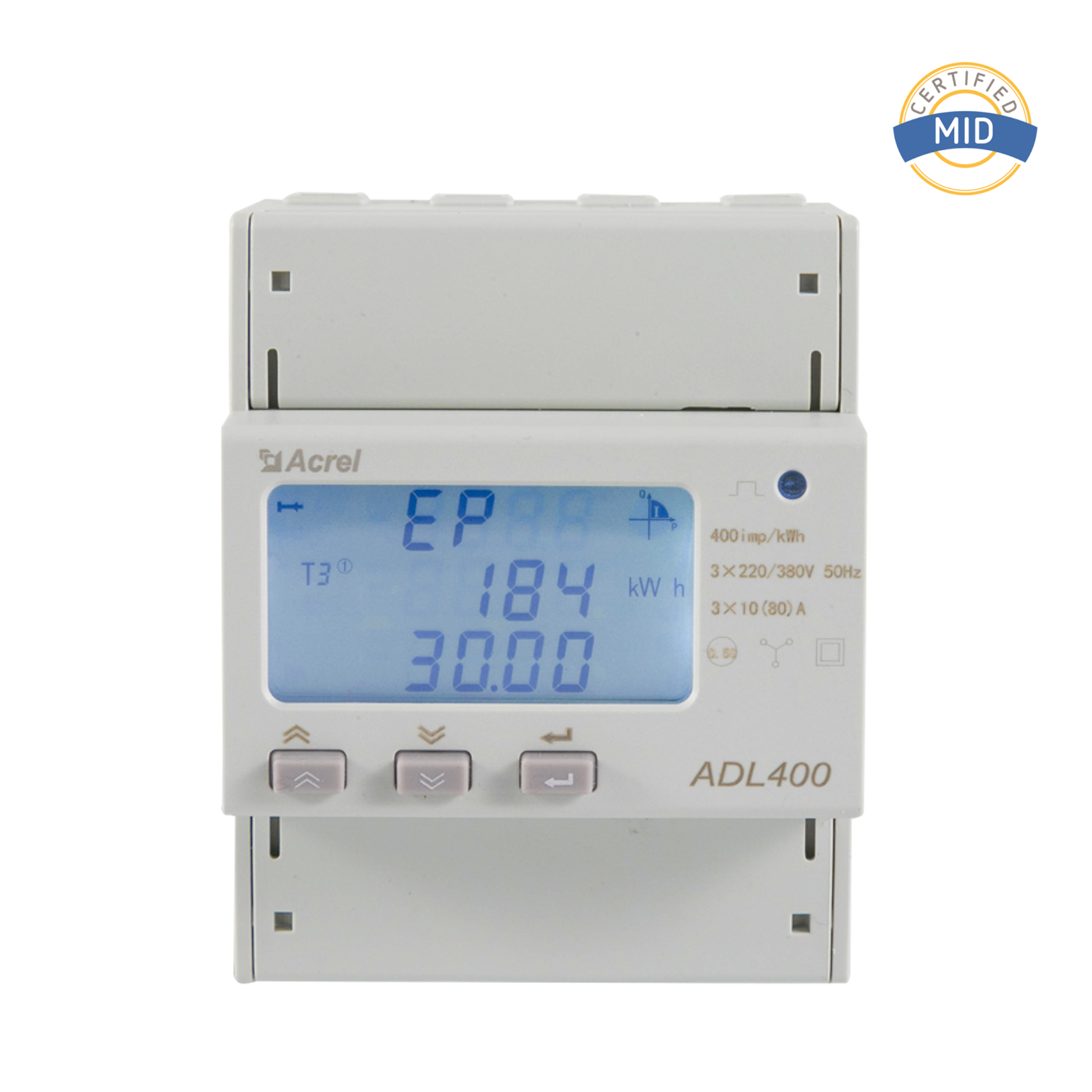
Rated Current 100A Directly
MID Certificated
High Accuracy Class C
Rated Voltage 3*230/400V
35mm DIN Rail Mounted
Pulse Output
4 Modules 72mm Width
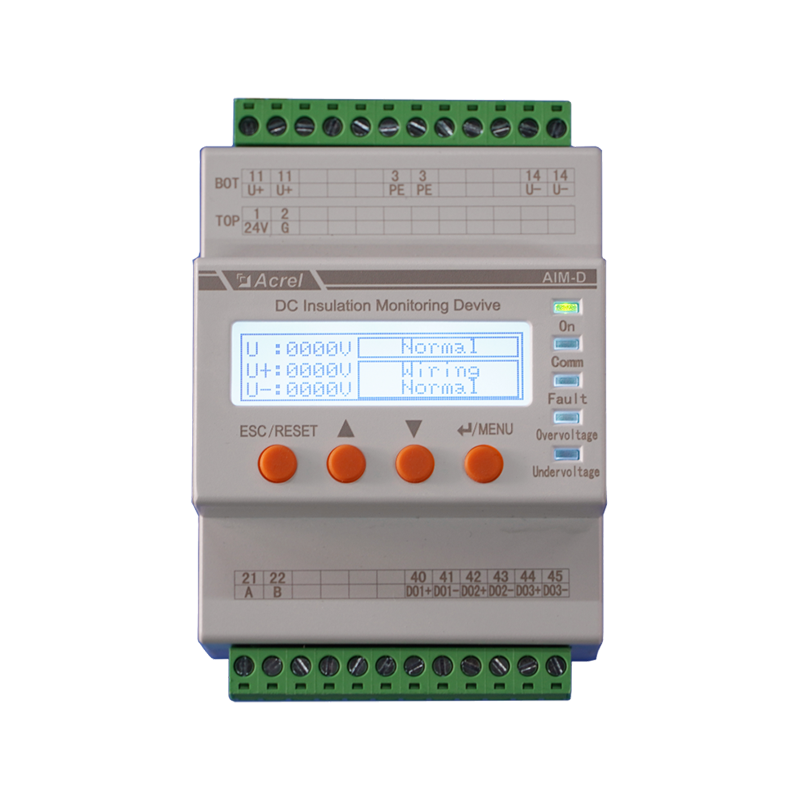
Resistance monitoring
Over-voltage and under-voltage alarm
Warning and alarm
LED indication/LCD display
3 channels relay output
Event record
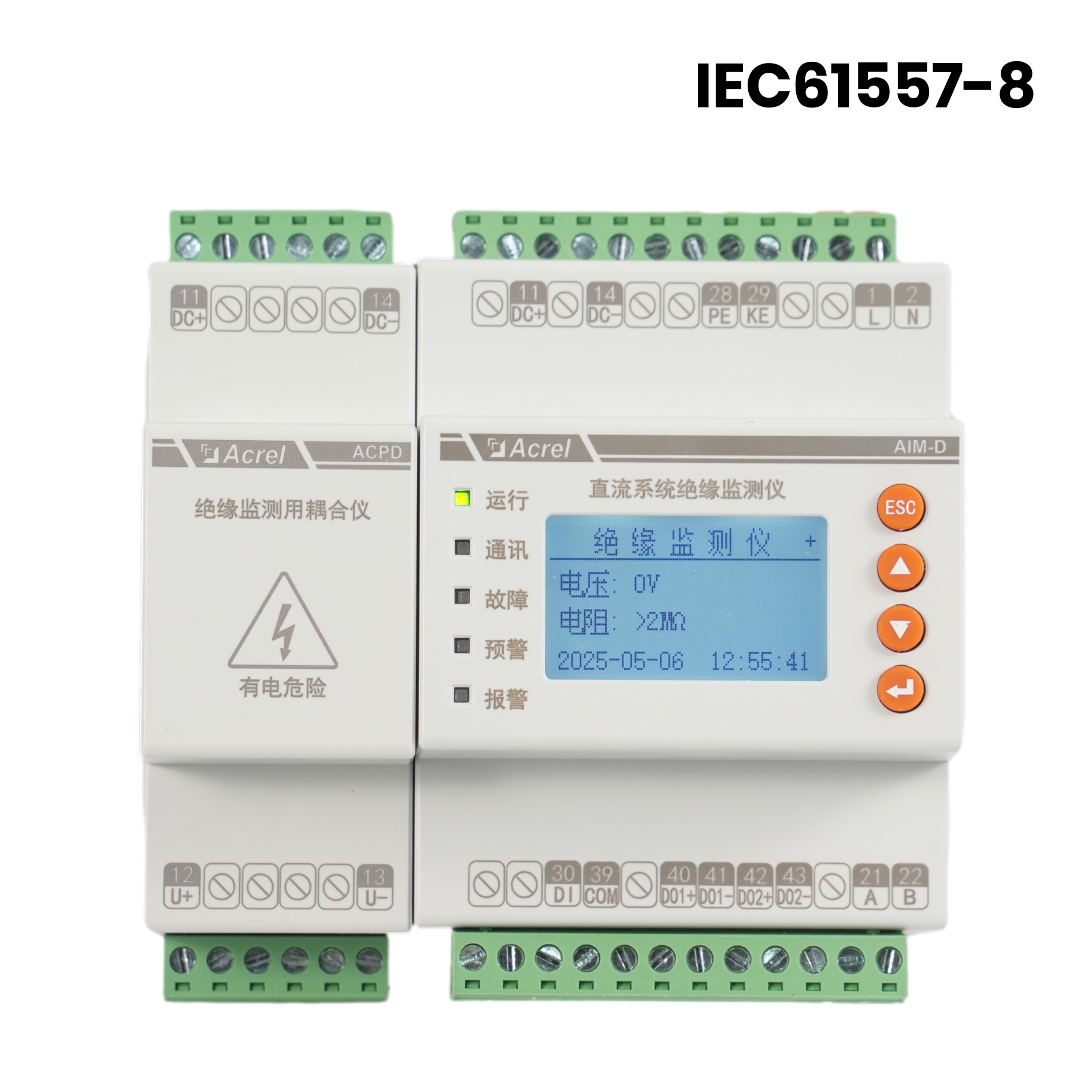
IEC61557-8
Rated Voltage: 50V~1000V
Accordance with the CHAdeMO 3.0 & Combined Charging System (CCS)
Undervoltage and Overvoltage Detection
Stop Mode for Disabling the Measuring Pulse Generator
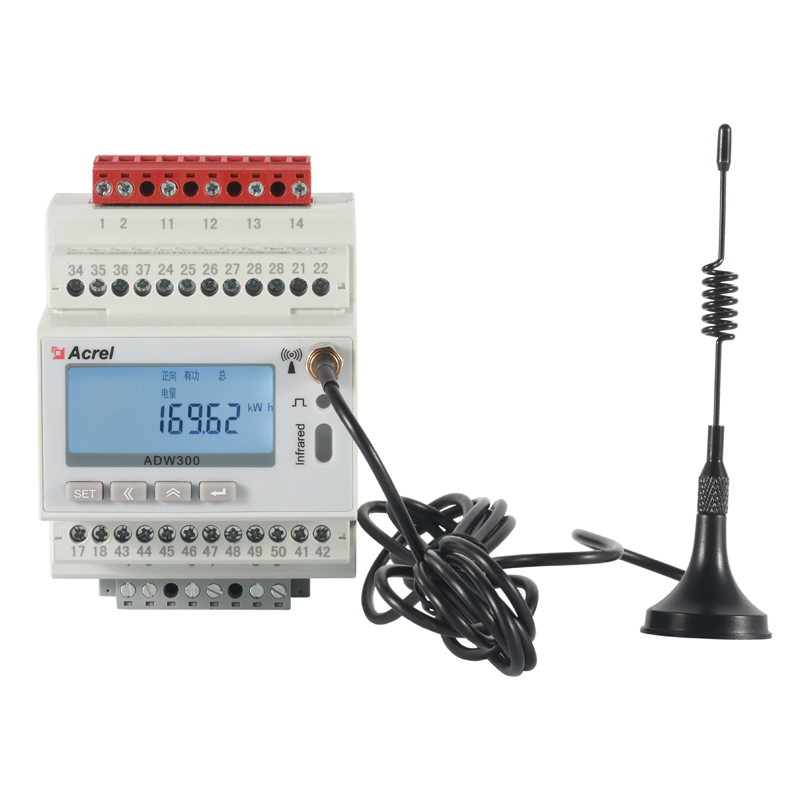
Wireless Comm. 4G/WiFi/LoRa/LoRaWAN
Input Current 5A by CTs
Modbus-RTU/MQTT Protocol
35mm DIN Rail Mounted
4 Modules 72mm Width
CE Certificated
For IoT Energy Management, Factory, School

Rated Current 1A/5A by CTs
MID Certificated
High Accuracy Class C
Rated Voltage 3*230/400V
35mm DIN Rail Mounted
Pulse Output
4 Modules 72mm Width


Founded in 2003, Acrel Co., Ltd.【Stock Code: 300286.SZ】 is a high-tech enterprise specializing in energy management solutions and electrical safety. Headquartered in Shanghai, Acrel offers innovative and sustainable solutions for microgrid energy efficiency and electrical safety. With over 600 patents and software copyrights, Acrel has deployed more than 28,000 system solutions globally, forming a comprehensive "cloud-edge-end" energy internet architecture.
Acrel Co., Ltd. is China
Digital Energy Meters Company and
Electricity Energy Meters Suppliers. Acrel's integrated product ecosystem spans from cloud platform software to end-user components, covering sectors such as power, renewable energy, data centers, smart buildings, transportation, and smart cities. These solutions enable intelligent, real-time energy management, enhancing energy security and reducing operational costs. We offer
Power Monitoring and Measurement Device for sale.
The company's production facility, Jiangsu Acrel Electric Manufacturing Co., Ltd., adheres to strict quality standards and environmental guidelines, with advanced testing centers and a commitment to lead-free production processes. Acrel's team of over 500 engineers delivers cutting-edge energy efficiency systems and smart energy solutions.
With a strong domestic presence, Acrel is actively expanding internationally, supported by a global network of sales and technical teams and an e-commerce platform that ensures seamless service experiences worldwide. Acrel is proud to help businesses improve efficiency, reduce consumption, and achieve sustainability goals.
Together, we are building a smarter, greener future.
Authorized Patents
0+Number of Customers Served
0+Total Employees
0+Manufacturing Base
0m²In the rapidly expanding electric vehicle ecosystem, the ev charging meter stands as a critical component, often described as the billing heart of the charging station. For wholesa...
Read MoreVariable frequency drives (VFDs) are widely used in industrial and commercial applications to control the speed of electric motors, optimize energy consumption, and improve system ...
Read MoreThe modern electrical landscape is a complex tapestry of interconnected power systems, predominantly alternating current (AC) for generation, transmission, and distribution. Howeve...
Read MoreThe modern electrical grid is a masterpiece of engineering, a vast and interconnected network designed to deliver power from generation sources to end-users with remarkable reliabi...
Read MoreSignal Conditioning: The scaled-down analog signals from the sensors are passed through filters to remove noise and then fed into an Analog-to-Digital Converter (ADC).
Digital Conversion: The ADC converts the continuous analog signals (sine waves) into discrete digital values that a microprocessor can understand.
Computation: This is the core of the device. The microprocessor, following predefined algorithms, performs calculations on these digital values. The most basic calculation is active energy (kWh), which is the integral of power (voltage * current) over time. Modern meters also calculate:
Reactive Energy (kVARh): Crucial for understanding inefficient power use in inductive loads like motors.
Apparent Energy (kVAh): The vector sum of active and reactive power.
Power Factor (PF): The ratio of active power to apparent power, a key indicator of efficiency.
Harmonic Distortion: Measurement of unwanted frequencies on the electrical waveform caused by non-linear loads like computers and LED lights.
Real-time Power Quality Analysis: Monitoring voltage sags, swells, transients, and frequency variations that can damage sensitive equipment.
Load Profiling: Creating detailed charts of energy usage patterns over time to identify waste and opportunities for optimization.
Demand Monitoring: Tracking the maximum power (kW) used in a specific interval, which is a critical factor for commercial and industrial electricity bills.
Predictive Maintenance: By analyzing energy consumption patterns, these systems can detect anomalies that signal impending equipment failure, allowing for maintenance before a costly breakdown occurs.